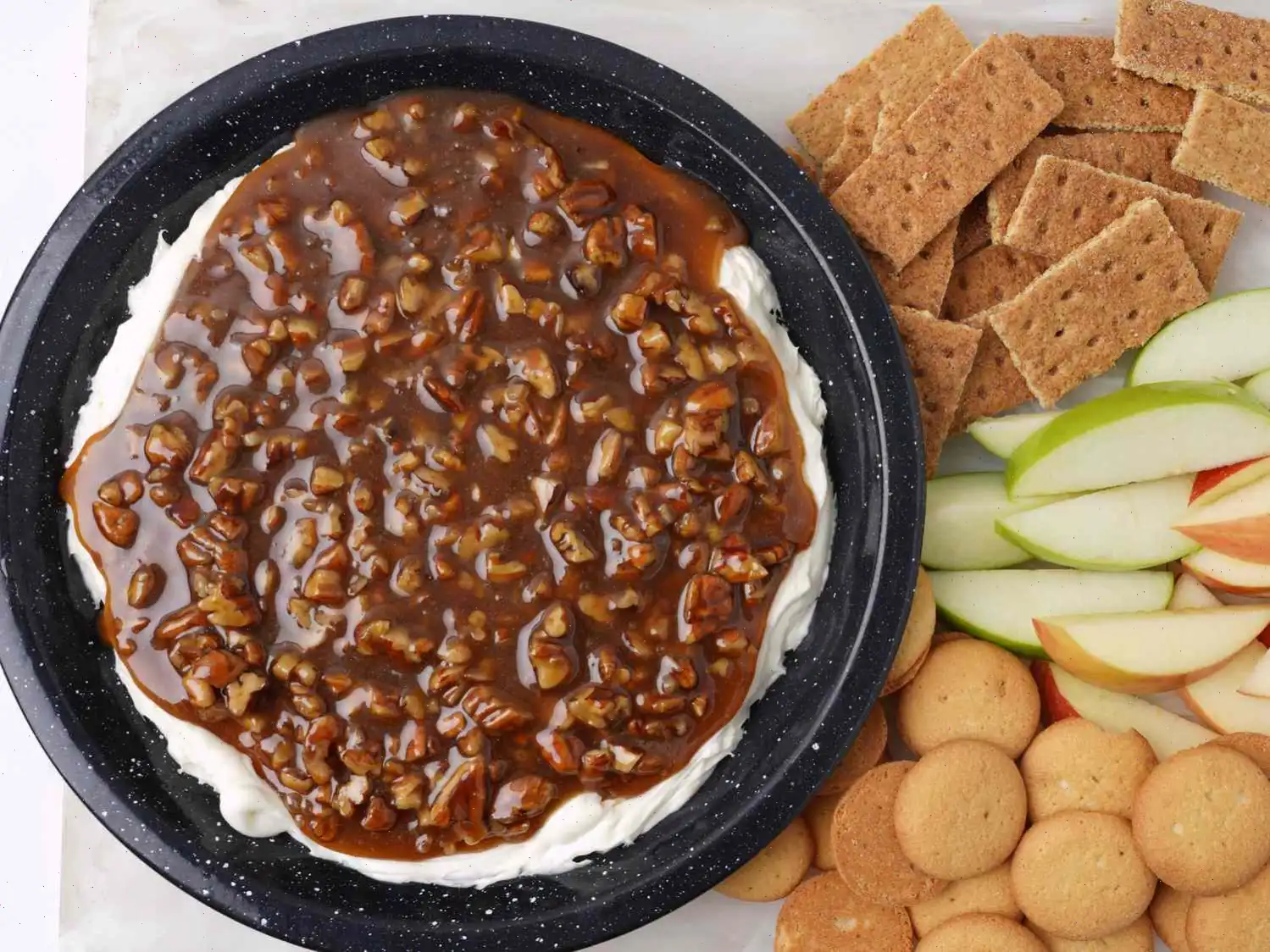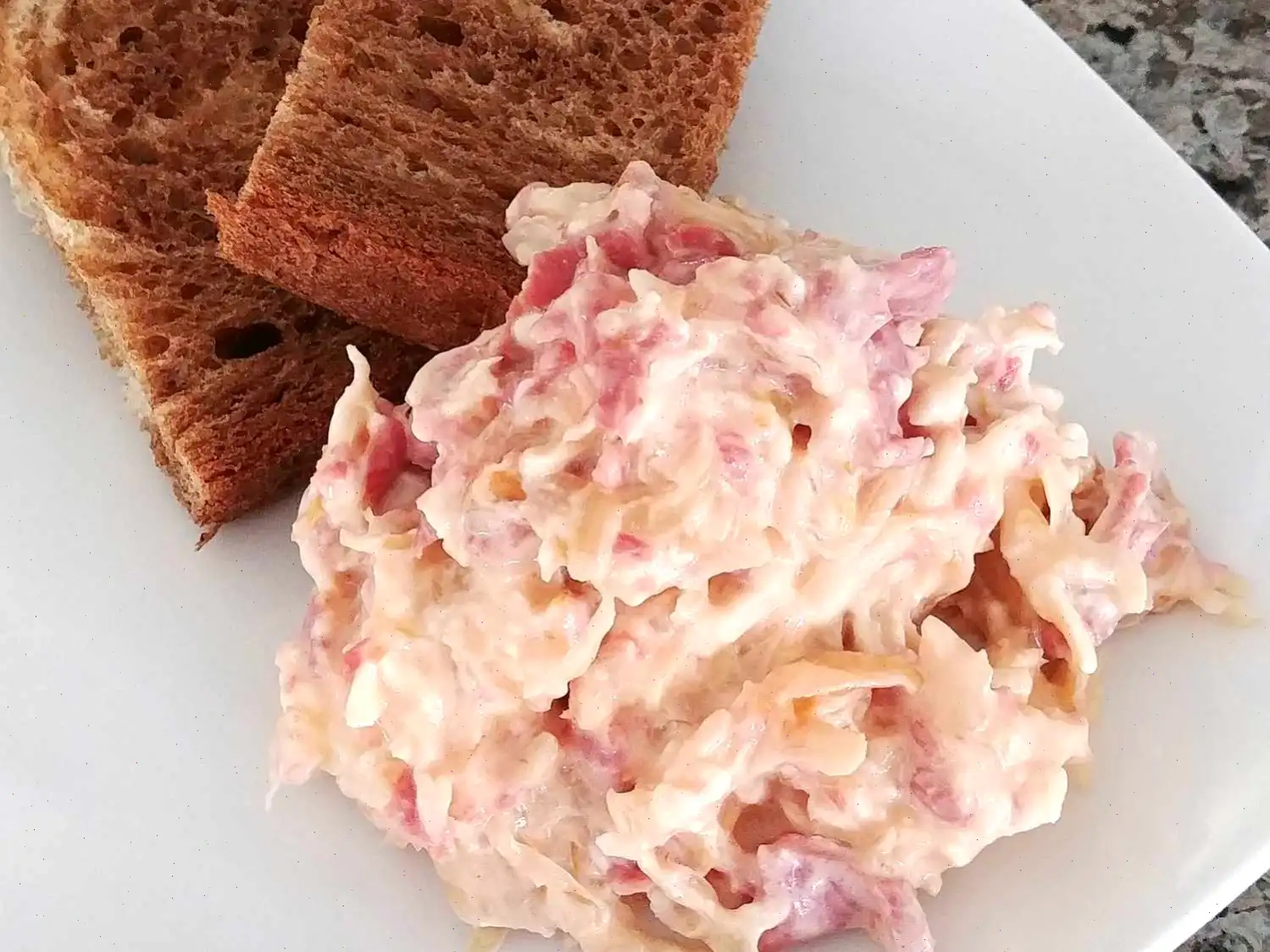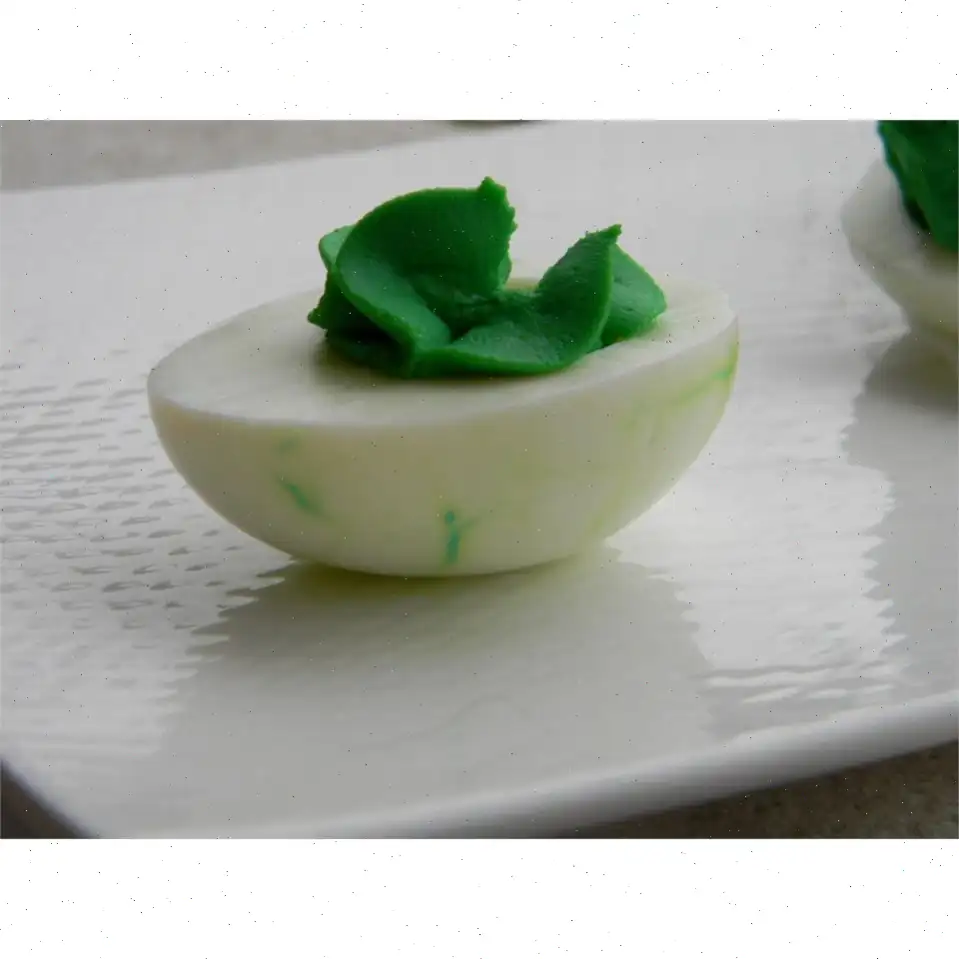
Pomegranate Pistachio Crostini Recipe
Ingredients
- 1 baguette, sliced diagonally into 26 slices
- 3 tablespoons extra-virgin olive oil
- 4 ounces crumbled feta cheese
- 1/3 cup Greek yogurt
- 1 tablespoon honey
- 1 pinch red pepper flakes (optional)
- 1/2 cup pomegranate arils
- 1/3 cup shelled unsalted pistachios
- Fresh, snipped rosemary, plus additional rosemary sprigs for garnish (optional)
Directions
Step 1: Preheat the oven to 400F (200C). Line a sheet pan with parchment paper.
Step 2: Brush both sides of each baguette slice with olive oil, and arrange them on the prepared pan.
Step 3: Bake in the preheated oven for 10 to 12 minutes, or until the slices are golden brown and crispy. Remove from the oven and let cool on a rack.
Step 4: Meanwhile, in a blender or small food processor, combine the feta cheese, Greek yogurt, honey, and red pepper flakes (if using). Pulse several times, then pure until smooth, about 2 to 3 minutes.
Step 5: Spread about 1 tablespoon of the feta mixture onto each crostini.
Step 6: Top with pomegranate arils and pistachios. Sprinkle snipped rosemary over the crostini and garnish with additional rosemary sprigs, if desired.
Nutrition Facts
Per serving (1 crostini):
| Calories | 109 |
| Total Fat | 4g |
| Saturated Fat | 1g |
| Cholesterol | 4mg |
| Sodium | 198mg |
| Total Carbohydrate | 15g |
| Dietary Fiber | 1g |
| Total Sugars | 3g |
| Protein | 4g |
| Vitamin C | 0mg |
| Calcium | 40mg |
| Iron | 1mg |
| Potassium | 60mg |
* Percent Daily Values are based on a 2,000 calorie diet. Your daily values may be higher or lower depending on your calorie needs.
The History and Origin of Pomegranate Pistachio Crostini
Pomegranate Pistachio Crostini is a modern appetizer that draws inspiration from traditional Mediterranean cuisine. Crostini itself has its roots in Italy, where small slices of toasted bread have long been served with toppings such as cheese, vegetables, or cured meats. The use of pomegranate and pistachios adds a Middle Eastern influence, reflecting centuries of culinary exchange across the Mediterranean basin. Combining these flavors with feta and yogurt creates a dish that feels both contemporary and deeply rooted in regional history.
Regional Variations
This crostini recipe is particularly popular in American and European fusion cuisine, though its ingredients nod to Greek and Middle Eastern culinary traditions. In Greece, similar appetizers may include feta and yogurt spreads topped with nuts or seasonal fruits. In the Middle East, pomegranate seeds and pistachios are commonly used in salads and desserts, giving the dish a sweet, tangy, and crunchy profile that is beloved in many regions. While the base concept remains the same, some variations may swap feta for labneh, add a drizzle of pomegranate molasses, or include fresh herbs native to the local area.
Distinctive Features Compared to Similar Dishes
Unlike typical bruschetta, which often features tomatoes, basil, and olive oil, Pomegranate Pistachio Crostini emphasizes a combination of creamy, nutty, and fruity textures. The feta-yogurt spread provides a rich, tangy foundation, while the pomegranate seeds add bright juiciness, and pistachios contribute a satisfying crunch. This unique blend sets it apart from other crostini or canap recipes, offering a balance of flavors that is at once refreshing and indulgent. The optional addition of rosemary adds an aromatic note rarely found in similar dishes.
Typical Serving Occasions
Pomegranate Pistachio Crostini is most often served as an appetizer or hors d'oeuvre at dinner parties, holiday gatherings, or special events. Its vibrant presentation and easy-to-bite portions make it ideal for entertaining. It can also appear on restaurant appetizer menus, particularly in establishments that highlight Mediterranean or fusion cuisine. This dish pairs exceptionally well with crisp white wines or sparkling beverages, enhancing both its visual appeal and flavor profile.
Interesting Facts
- Pomegranate seeds symbolize abundance and prosperity in many cultures, making this dish popular during festive occasions.
- Pistachios are sometimes called smiling nuts due to their naturally split shells, and they add both flavor and texture to appetizers.
- The combination of sweet, savory, and tangy ingredients in this crostini is an example of flavor layering, a technique widely used in Mediterranean and Middle Eastern cooking.
- While simple to prepare, the dishs aesthetic appealbright red pomegranate seeds atop a creamy spreadoften makes it a centerpiece at party platters.
- The use of Greek yogurt in the spread adds creaminess while reducing the richness of pure cheese, making it a lighter, more balanced appetizer.








